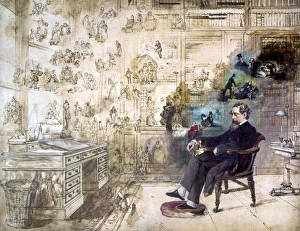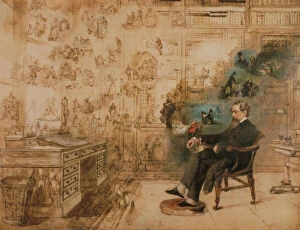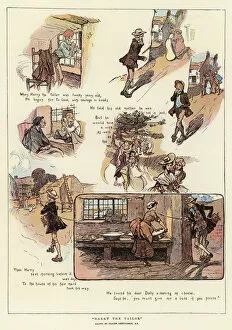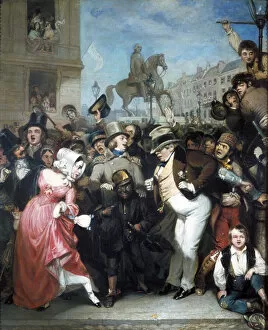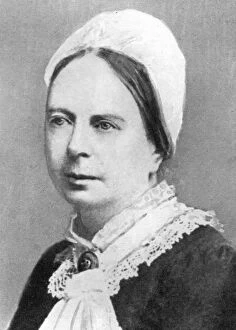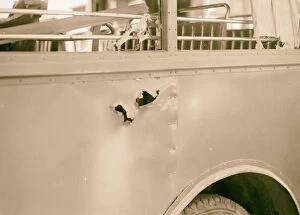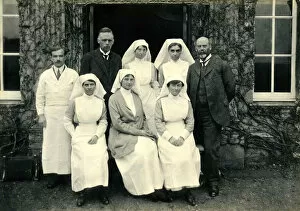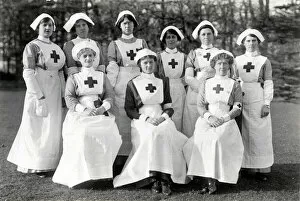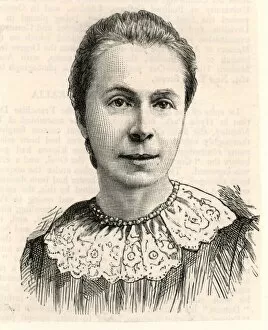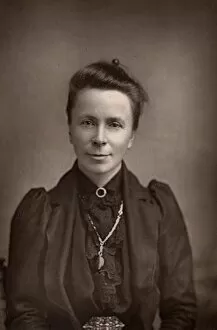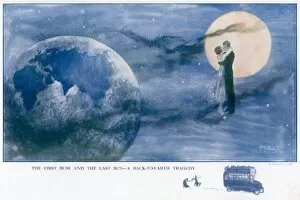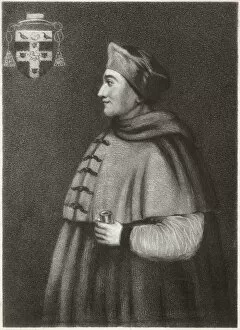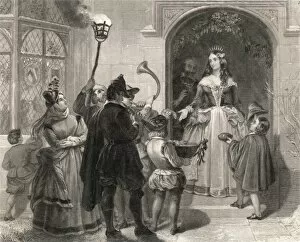Buss Collection
"Buss: A Journey Through Art, Literature, and History" Step into the world of busses as we explore their diverse representations in art, literature, and history
For sale as Licensed Images
Choose your image, Select your licence and Download the media
"Buss: A Journey Through Art, Literature, and History" Step into the world of busses as we explore their diverse representations in art, literature, and history. From Charles Dickens' vivid imagination to Robert William Buss's artistic creations, these iconic vehicles have left an indelible mark on our collective consciousness. In the 1870s, Buss captured Dickens' Dream in an unfinished oil painting that showcased the author's literary genius. This masterpiece transports us to a realm where characters come alive amidst a backdrop of bustling streets and horse-drawn busses. Speaking of bustling streets, it also depicted The Crowd in 1847 – a vibrant scene filled with people eagerly boarding or alighting from busses. It serves as a testament to the integral role these vehicles played in Victorian society. But it wasn't just fiction that celebrated busses; they were also witnesses to historical events. In July 1938, Arab Nationalists launched a disturbance attack on an Arab bus – highlighting how even seemingly mundane objects can become entangled in political turmoil. Shifting gears geographically, let's journey to the Dominican Republic's Punta Cana Region. Here we find toy busses playfully scattered across maps – miniature symbols of transportation connecting communities and fostering exploration. Busses have not only shaped our physical landscapes but also paved the way for social progress. Frances Mary Buss was an English pioneer of women's education who challenged societal norms by advocating for equal opportunities for girls during her time. The significance of busses extends beyond their physical form; they symbolize unity and resilience during times of crisis too. During World War I, VAD staff members bravely served aboard ambulances turned makeshift hospitals - embodying courage amidst chaos. Lastly, let us pay tribute to Mrs Sophia Bryant - an English mathematical scholar and teacher whose passion for knowledge transcended boundaries. She undoubtedly inspired countless minds while perhaps occasionally relying on public transportation to reach her destinations.

